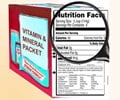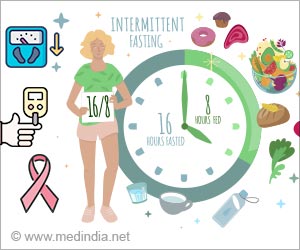Canada is trying to follow Chile, who recently started putting warnings signs on junk food, but US is hampering this process by bringing in North American Free Trade Agreement (NAFTA).

‘Processed food items are heavily related to obesity and diabetes development, and so health organizations such as WHO and Institute of Medicine have suggested serving the consumers better by placing symbol-based nutrition labels on the cover of food products just like Chile.’





Canada which has generalized obesity of around 26 percent, has now taken. In he meantime, Mexico is also considering the move, as it also has a large number of overweight, obesity, and diabetic population.Opposed to general common sense shared by Mexico and Canada, this new approach is being hindered by American trade representatives.
According to a leaked document published by Vox, US trade representatives were found to trying to override national food labeling policies in Mexico, Canada through NAFTA renegotiation.
The US has been specifically proposing a provision about packaged food and non-alcoholic beverages that suggests that countries involved in the trade deal should not adopt front-of-package symbol.
American diet which is marketed and exported all around the world relies heavily on processed foods.
Advertisement
World Health Organization and Institute of Medicine have also suggested informing the consumers better with symbol-based nutrition labels.
Advertisement
A researcher at the University of California, Shu Wen Ng who has been evaluating the effectiveness of anti-obesity policies around the world said that “A lot of research across the globe has looked at [these labels] and consumers don’t understand them. There’s too much information to digest across nutrients. It’s more confusing.”
Source-Medindia















